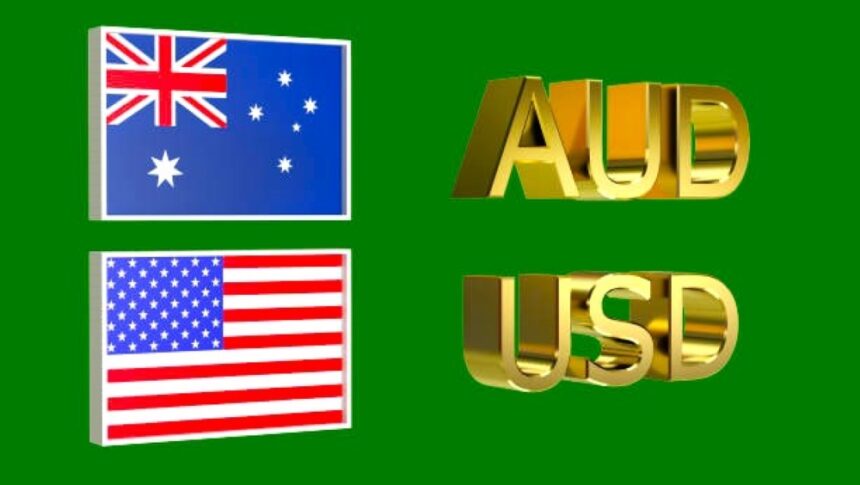Australian dollar gains ground with the announcement of strong economic statistics on Wednesday.
On Wednesday, the Australian dollar (AUD) rose for the second day in a row. This increase is attributable to Judo Bank’s Australia Purchasing Managers Index (PMI) numbers, which improved slightly in June.
Australia’s retail sales increased by 0.6% month over month, above both the expected 0.2% increase and the previous 0.1% gain.
Australia’s Retail Sales, a measure of consumer spending, climbed by 0.6% month on month in May, up from 0.1% the previous month. This statistic beat the market’s estimate of a 0.2% gain. The AUDUSD pair’s upside may be limited as the US Dollar (USD) ends a four-day losing run thanks to a recovery in the yield on a 2-year Treasury bond, which is currently at 4.75%. Traders will be looking for more direction from the US ADP Employment Change, the ISM Services PMI for June, and the FOMC Minutes, all of which are due to be released later on Wednesday.
Daily Market Movers: Australian Dollar Appreciates Due To Higher PMI.
Judo Bank’s Australia Services PMI rose to 51.2 MoM from 51.0 the previous month, outperforming expectations of a decrease to 50.6. Meanwhile, the Composite PMI increased to 50.7 MoM from 50.6 in the prior month.
China’s Services Purchasing Managers’ Index (PMI) declined from 54.0. in May to 51.2 in June, according to the most recent data issued by Caixin on Wednesday. The market expected a 53.4 figure throughout the reporting period.
Fed Chairman Jerome Powell wants to see more data before reducing interest rates.
On Tuesday, Federal Reserve Chair Jerome Powell signaled a minor dovish shift. Powell stated that the Fed is returning to a disinflationary course. Powell, however, wants to see more evidence before decreasing interest rates, since the US economy and labor market remain robust, according to Reuters.
The Reserve Bank of Australia (RBA) issued its June monetary policy meeting minutes on Tuesday, indicating that the “board judged the case for holding rates steady stronger than hiking.” The board underscored the need to stay attentive on upside risks to inflation, noting that data indicated an upside risk for May’s Consumer price index (CPI).
The Reserve Bank of Australia’s (RBA) Index of Commodity Prices declined by 4.1% year on year in June, following an upwardly revised 6.0% decline the previous month. The June decrease represents the mildest deflation in sixteen months.
The Melbourne Institute’s Monthly Inflation Gauge has raised concerns that the RBA may boost interest rates again in August. The gauge rose by 0.3% in June, matching the pace set in May, marking the fourth consecutive month of gains and holding at its highest level since January.
On Tuesday, Chinese state media source Securities Daily reported the chief economist of CITIC Securities, stating that the People’s Bank of China (PBOC) may consider steps such as cutting the reserve requirement ratio (RRR) to pump liquidity into The marketplace. Given the close commercial relations between China and Australia, any potential economic shift might have a significant impact on the Australian Dollar (AUD).









